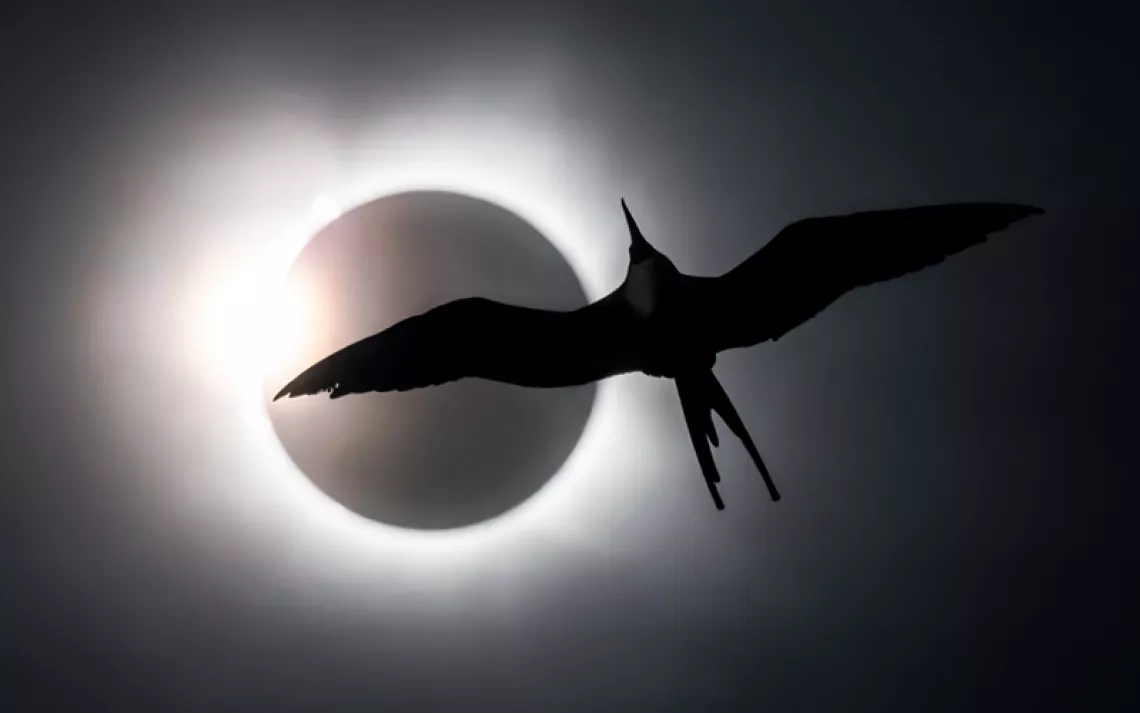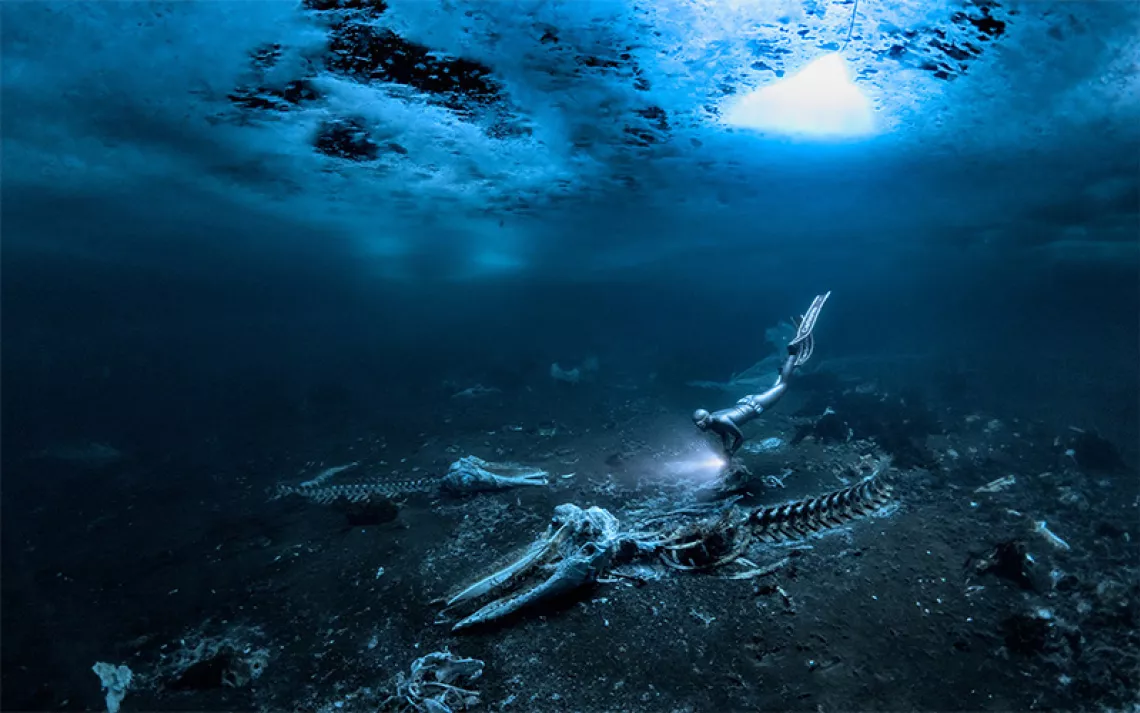The Great White Sharks of Isla Guadalupe
Ben Lowy trains his lens on this apex predator
Photos by Ben Lowy
Ben Lowy had been traveling the world as a war photographer for a decade when his first son was born. His career in conflict photography had begun in 2001 when, while taking time off from college, an encounter with a photo editor in Paris led him to the West Bank. The next summer, while back covering the Second Intifada, Lowy was beaten within an inch of his life.
Lowy covered a variety of dangerous conflicts in subsequent years. In 2003 he photographed the Beltway sniper attacks; he was later embedded within Iraqi and United States military units and covered the Iraq war until 2008. He worked in Afghanistan and Libya, pioneering the use of cell-phone photography for conflict photojournalism.
But the birth of his son in 2010 affirmed what Lowy had already known: his career as a war photographer wasn’t sustainable. He’d lost friends, and suffered from PTSD. He decided it was time to do something else.
After years of trying his hand at photographing most everything (“Except for weddings and bar mitzvahs,” he told Sierra), including the 2016 presidential election, Lowy was tired of dealing with people and talking politics. He wanted to take pictures of sharks.
“You’re not facing anyone who’s mad at you for being a journalist down there,” he said.
“I’m totally not an expert,” Lowy says of shark photography, before listing all the different sharks he’s photographed in the last three years. He likes swimming with whale sharks (“They’re really nice. They’re the vacuum cleaners of the ocean.”), finds nurse sharks interesting (“They don’t really look like sharks.”), and thinks bull sharks might be even scarier than great whites (“You just don’t know what they’re going to do.”). In Cuba, he recently swam in the Jardines de la Reina (the Garden of the Queen), Fidel Castro’s privately protected marine reserve, which, unpolluted and thriving, now attracts Caribbean reef sharks.
Lowy has published a number of collections of underwater photography. His work from the Philippines features whale sharks, and a collection of images from Jardines de la Reina includes shots of Carribbean reef sharks. More recently, Lowy started photographing great whites in the waters near Isla Guadalupe, a remote island near Tijuana and global destination for those seeking encounters with nature’s apex predator.
The resulting images are rich, muscular, and dynamic, affording the audience access to a remote world. The sharks appear caught in motion, suspended, alone save for swarms of prey.
Lowy hasn’t gone swimming with great whites yet. “Especially in Mexico, that takes a whole different type of permitting,” he says. Instead, he stays in the cage. He prefers the cages that float near the surface by the aft of the boat, rather than the ones that descend 35 to 40 feet below. The shallower cages (“surface cages”) get better light.

Make every day an Earth Day
Get articles like this one sent directly to your inbox.
With this action you affirm you want to receive Sierra Club communications and may vote on policy designated by the Sierra Club Board.
He’s taken his two boys with him while photographing great whites. “They’ve both been in the cage,” Lowy said. His older son, nine, was taught to scuba dive on his own last year. He swam with sea lions. Lowy promised his younger son that he’ll get to do the same soon—at present, he’s seven. “Almost eight,” his son shouts from the background of our phone call. “About to turn eight,” Lowy corrects.
To get a good shot underwater takes patience. Long lenses don’t work well, so he has to wait for his subjects to get close, unlike on land. Sudden movements of the camera can throw off his buoyancy, so he has to move slow and anticipate well. And it’s hard to make sharks comfortable with a photographer’s presence.
“There’s nothing natural about a land mammal going scuba diving,” he says. “That freaks out underwater creatures. And there’s no talking about anything down there.”
But he doesn’t mind. He likes the challenge.
“It’s more pure,” he says. “You’re just going with them. And that’s kind of amazing.”
 The Magazine of The Sierra Club
The Magazine of The Sierra Club












